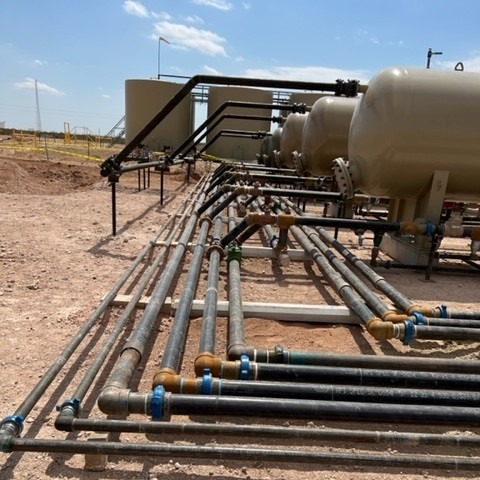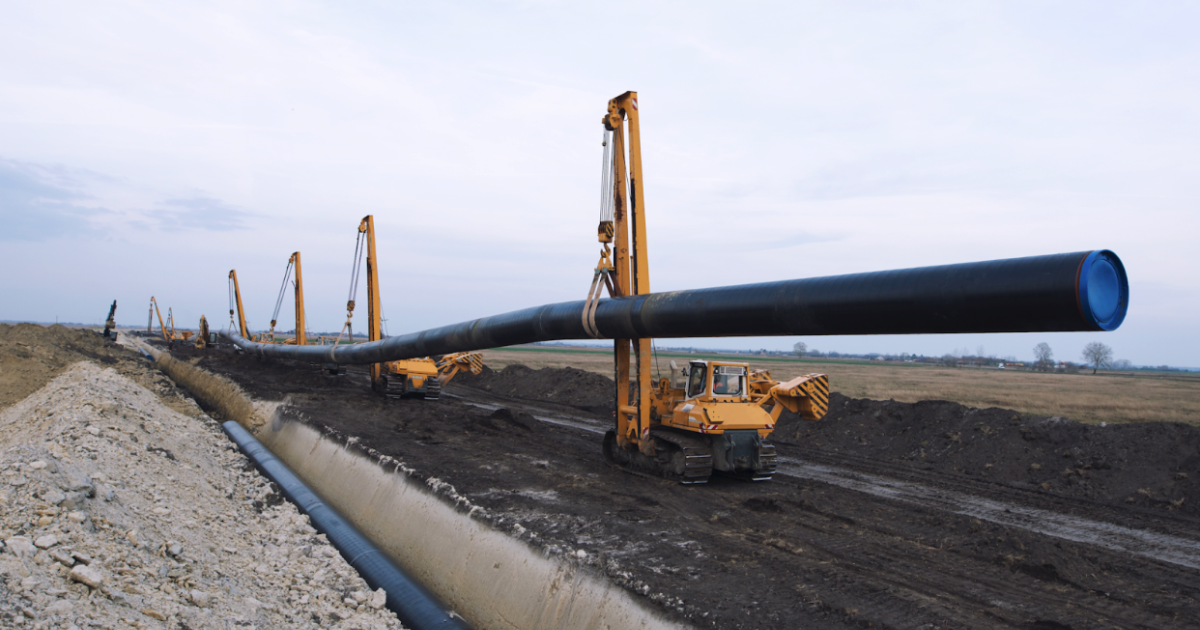What Does Permian Basin Pipeline Construction Do?
Table of ContentsPermian Basin Pipeline Construction for BeginnersThe Ultimate Guide To Permian Basin Pipeline ConstructionThe Ultimate Guide To Permian Basin Pipeline ConstructionThings about Permian Basin Pipeline ConstructionExcitement About Permian Basin Pipeline ConstructionSee This Report about Permian Basin Pipeline ConstructionThe Ultimate Guide To Permian Basin Pipeline Construction
Cured-in-place pipe (CIPP) is a trenchless technology made use of to set up water, sewage system, and various other pipelines without needing significant excavation or intrusive excavating. The procedure begins by inserting a lining into the existing pipework, which is then filled up with material that solidifies to develop a permanent pipe within the existing pipeline.At MaxLiner U.S.A., we understand the advantages of making use of CIPP, which include its affordability, rate, and marginal interruption during installation. This makes it an ideal option for contractors, plumbings, services, and towns wanting to lessen downtime while installing brand-new pipelines. Among the primary benefits of CIPP is its expense financial savings on labor and equipment, leading to an extra economical option than typical pipe substitute methods.

Instead, a lining is inserted right into the busted pipeline and cured in location with warm, producing a seamless fixing that supplies long-term protection versus origin infiltration, corrosion, perforation damage, and various other common problems with existing pipelines. Not only does this approach remove the requirement for substantial excavating, but it also removes the prospective risks associated with contaminated materials elimination.
Unknown Facts About Permian Basin Pipeline Construction
Because of this, costs have a tendency to be lower than replacing whole sizes of piping with open-cut installations even when considering the price of liner materials. Due to its reduced environmental influence and cost savings possible, cured-in-place pipe installment is coming to be increasingly popular as a choice to traditional repair service work in numerous sectors.
When it concerns cured-in-place pipeline (CIPP) installation, many advantages come from its minimal time and cost. CIPP installations can be set up in a fraction of the time it would take for traditional pipe substitute because no excavation is needed. As opposed to excavating into the surrounding soil and getting rid of existing pipes, CIPP utilizes advanced trenchless technology to mount resin linings or polyester fiber tubes inside existing pipelines
Not known Factual Statements About Permian Basin Pipeline Construction
This assists to decrease downtime and keep your job on track, resulting in time cost savings that would certainly not have actually been possible with traditional pipe substitute systems. Whether removing smaller sections of piping or doing total relining tasks, this technique has specific advantages when it concerns expense. Not just is equipment rental removed considering that no excavation is required, but so are website remediation costs considering that a minimal surface area fixing may be called for after installment.
As a result, with very little time and expense required for setup, cured-in-place pipe installment is an excellent option for cutting down on labor expenses without sacrificing top quality job. As we'll review in the following area, this kind of installation supplies huge benefits when it involves decreasing disturbance around homes and businesses.
Permian Basin Pipeline Construction Things To Know Before You Buy
This trenchless installation is much simpler to do than typical pipe laying. As the name suggests, a lot of excavation and relevant site prep work is stayed clear of due to the fact that the brand-new pipelines are fed with existing avenues. This makes it feasible to install below ground pipelines in a portion of the moment needed for the much more traditional excavating approach, which can develop unnecessary disruption to the environment, neighborhood roads, paths, surrounding residential or commercial property owners, and so on.
Often, it might take a little excavating if these access points are not currently mounted in existing maintenance openings or catch containers. The outcome needs to still be less turbulent than excavating lengthy trenches, yet something to think about before devoting to this setup (Permian Basin Pipeline Construction). On the whole, cured-in-place pipeline setup is feasible when minimal disruption is preferred since a lot of the underground facilities remains undamaged while providing restored toughness and dependability to existing pipelines


The cured-in-place setup procedure begins with evaluating the pipeline concerned to determine whether any damages is present or needs substitute. Afterward, if needed, cleansing has to take place inside the pipe to ensure that all material accumulation is gotten rid of and all surfaces are smooth and uncontaminated before lining setup. When these actions are finished, an unique resin-coated felt or crossbreed really felt and fiberglass fabric is inserted why not check here right into the pipeline and equally dispersed along its size.
Not known Details About Permian Basin Pipeline Construction
Curing (either ambient, warmed water or air, or UV) is introduced right into the tube when the lining setup is full, curing and forming the resin fabric around the old pipeline's shape. It should be kept in mind that extreme stress needs to be prevented whatsoever prices due to the fact that it can create further damage to the system.
This detailed area regarding the 'Cured-In-Place Setup Refine' has explained its detailed treatment. By understanding what goes right into this procedure and its problems, we can appreciate exactly how beneficial it can be for several piping repair services - Permian Basin Pipeline Construction. Currently let us carry on to discover what sorts of products are made use of in this process in our following section
Getting My Permian Basin Pipeline Construction To Work
The appropriate material can significantly impact the work, consisting of cost-effectiveness, resilience, performance, and performance. Polymer liners are often chosen for CIPP due to the fact that they are very sturdy and resistant to corrosion and damage. They can likewise last anywhere from 10 to 30 years, depending upon the high quality of the materials made use of.
It is typically much easier, less turbulent, and a lot more affordable than standard repairs. Among the primary benefits of CIPP pipe setup compared to the typical technique of removing and replacing any kind of damaged pipe areas with new material is that CIPP pipeline does not require digging or digging deep into the surrounding areas.
This reduces the time and labor required for complex repair jobs. Finally, CIPP products are thinner than areas of the brand-new pipe, so they need extremely little room while providing premium longevity and toughness compared to other techniques of repairing damaged pipelines. While resource CIPP installation offers some unique benefits over traditional techniques of repairing pipes, it can have certain restrictions relying on which kind of specific situation needs it.
Permian Basin Pipeline Construction Can Be Fun For Anyone
Generally, CIPP pipe installation provides numerous benefits when it pertains to saving time, money, and initiative during pipe repair jobs. These benefits make it an appealing choice for those trying to find quick yet reputable ways to attend to broken pipes at home or in organization settings. In the following section, we will certainly go over a summary of cured-in-place pipeline setup in greater detail to offer you an also better understanding of its several benefits.